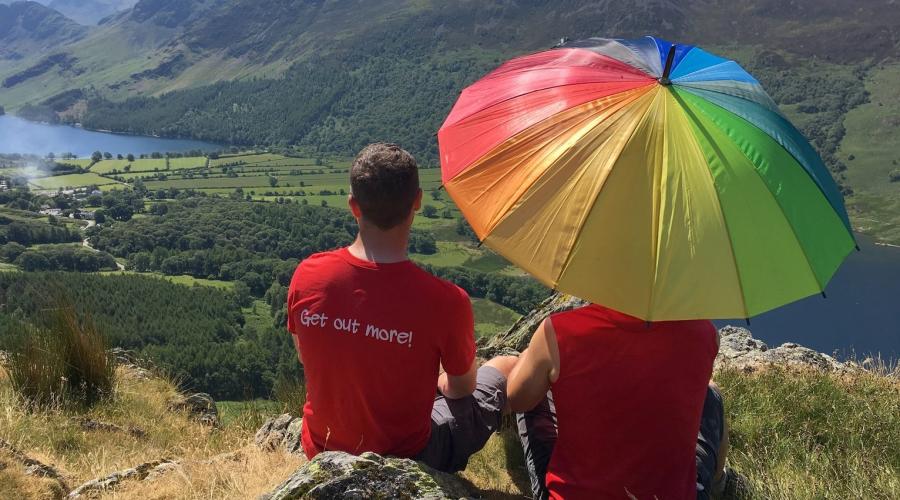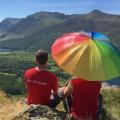Hollingworth Reservoirs Walk
9 people attending
11 places left
Hollingworth Lake is a popular Country Park in the Metropolitan Borough of Rochdale, in Greater Manchester. The lake was built as a water source for the Rochdale Canal and later became a tourist resort in the 1860 with numerous hotels, paddle steamers and the like. The resort declined in the early 20th century and it was re-developed into the country park we see today in the 1970s.
From Hollingworth lake we hike our way along the edge of the moors and cross a bridge over the M62 walking sections of the Rochdale Way and Pennine Bridleway. On the walk we will pass by several reservoirs set within the rugged landscape.
On our walk we will visit:
- Hollingworth lake
- Odgen, Kitcliffe, Piethorne and Rooden reservoirs
- Walk sections of the Rochdale Way and Pennine Bridleway
IMPORTANT! - Participation Statement
You MUST complete a Participation Statement, in addition to booking your event space before attending an OutdoorLads event. You only need to complete this Participation Statement once, not for each event you attend.
Anyone with COVID-19 symptoms, even if they are extremely mild, or who has recently tested positive for Covid-19, is asked not to attend.
Image credits: All images for this event were taken by the event leader and are used here with permission.


What to bring
Boots: Hiking boots are arguably the most essential piece of kit when hiking just about anywhere. Walker’s should make sure that their boots are both waterproof and breathable, and provide good ankle support. Boots should also be in good condition.
Socks: Walking socks are often overshadowed by those new to hiking, with many novices failing to invest in proper socks. Good walking socks are essential in regards to keeping the feet dry, and in turn stopping the development of blisters. Sports socks and other socks not designed for walking will often become waterlogged, or damaged which will in turn blister feet.
Walking Trousers: Walking trousers should be of a windproof design and made of a rip stop material, that will stand up to walking through ferns and undergrowth. They should also ideally be water resistant, or at least not gain weight, and lose their insulation properties when wet. Jeans are therefore to be avoided, as they are heavy when wet and provide no protection from the elements.
Waterproof Trousers: Waterproof trousers are essential in keeping the legs dry, as water resistant trousers will not keep out any significant rainfall. Walker’s should look for waterproof trousers that are breathable, in order to avoid being soaked with sweat.
Base Layer: A breathable base layer should be chosen in order to let sweat escape from the body. This should ideally consist of a breathable synthetic, specially designed fabric, though a cotton T-Shirt is sufficient.
Mid Layer: A Mid Layer goes on top of the base layer and should consist of a 100 weight micro fleece, or a rugby typed thick shirt. The layering system is important as it allows walkers to quickly adapt to changes in the weather as well as body temperature.
Waterproof Jacket: A good waterproof jacket is one of the most important pieces of kit you will require when hiking. Walkers should look for a jacket that is both waterproof and breathable in order for them to be protected from sweat. Materials such as Gore-tex are often the best choices.
Hat: As most heat is lost through the head a good hat is essential. The best hats are those of a fleece design, with wool also being acceptable.
Rucksack: A good Rucksack that is comfortable to wear is essential, and required to carry both food and equipment. Day sacks should have a capacity of around 30 litres with equipment being placed in water proof bags inside.
Food & Water: At least two litres of water should be brought for each day hiking.. Enough food for the duration of a walk should also be taken. Food should be of the high energy variety.
Mobile Phone: A mobile phone should also be brought and kept in a waterproof bag for use in emergencies.
Food & drink
You will need a packed lunch plus snacks and also plenty of water (at least 2 litres).